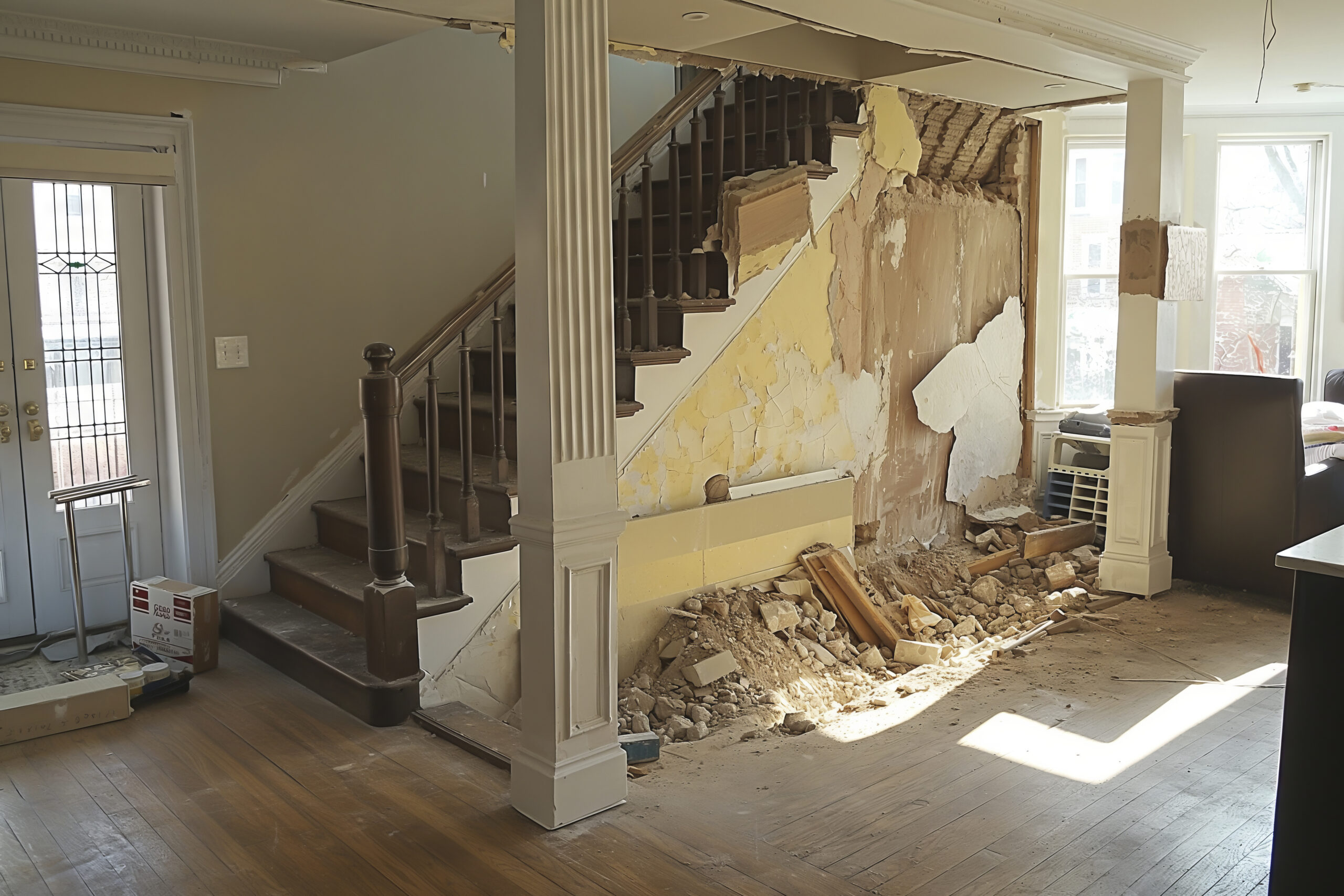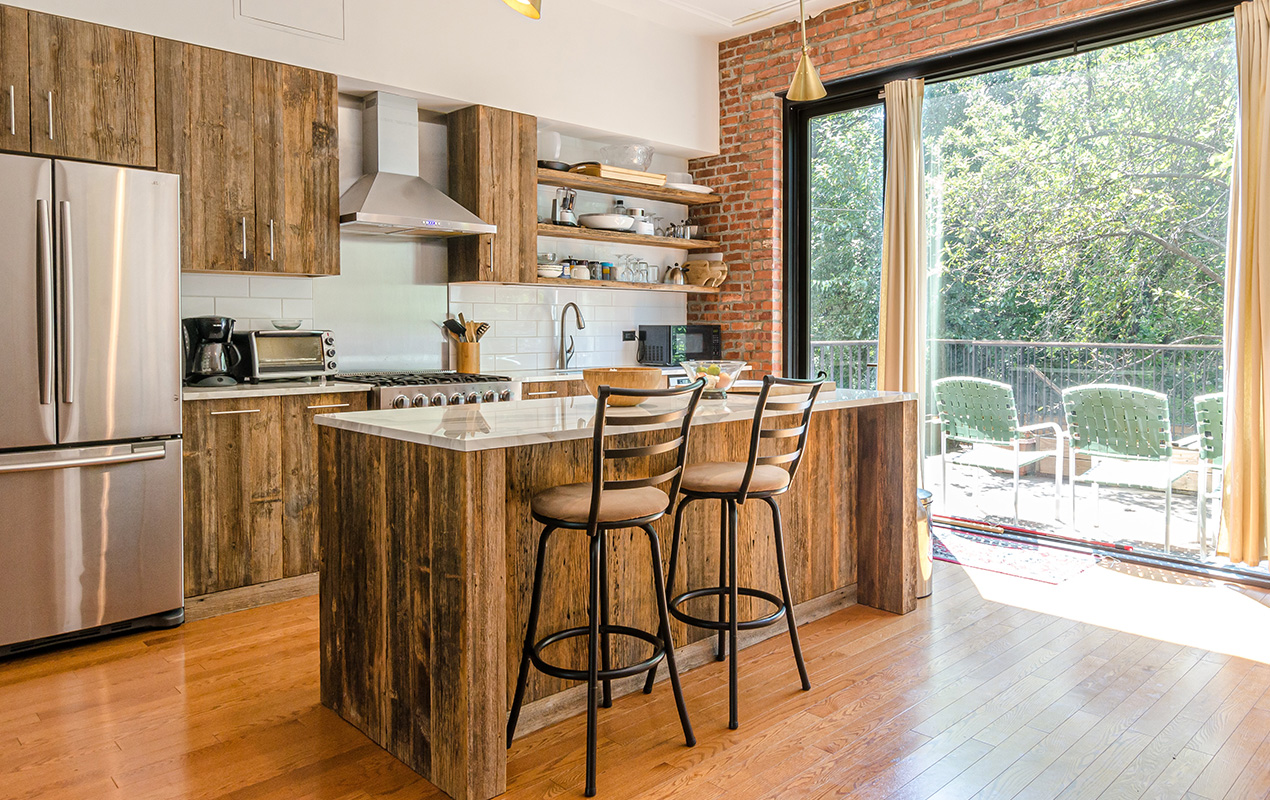Blog
Signs Your Home May Be Due for Structural Repairs

Your home is more than just a place to live, it’s one of your biggest investments. The natural settling of a house, exposure to the elements, and even poor initial construction can lead to structural problems. While some cosmetic issues may be easy to fix, others can point to underlying damage that requires professional attention.
Recognizing the signs of structural issues early can help homeowners avoid costly repairs down the road. By addressing problems promptly, you protect your property and ensure the safety and comfort of everyone inside.
Cracks in Walls, Ceilings, or Floors
Not every crack signals trouble, but some can be a red flag for deeper structural concerns. Hairline cracks in drywall are common, often caused by seasonal humidity or minor settling. Larger cracks, particularly those wider than a quarter inch or ones that run diagonally, may indicate foundation movement.
Whether you need handyman services in North Carolina or specialized contractors elsewhere, taking early action ensures these problems don’t escalate into major structural repairs that can drain both time and money. Cracks in basement walls, ceilings, or near doors and windows deserve special attention.
These often point to shifting or settling in the foundation, which can weaken the structural integrity of your home. If you notice these, it’s wise to have a professional assess the situation before the damage worsens.
Doors and Windows That Stick or Don’t Close Properly
Another common sign of structural issues is when doors and windows suddenly stop functioning as they should. If you find yourself forcing a door closed or struggling to open a window that used to glide easily, the problem may extend beyond hardware. Shifting foundations can throw frames out of alignment, causing them to warp.
The misalignment might be minor and repairable with simple adjustments. But when multiple doors or windows across the house are affected, it’s often an indicator of deeper foundation movement or structural stress. Consulting a professional at this stage can prevent further damage and restore functionality.
Uneven or Sagging Floors
Floors are supposed to be level, so if you notice dips, slopes, or soft spots, it’s worth investigating. Uneven floors can develop from issues like deteriorating support beams, water damage, or weakened subflooring. In homes with basements or crawlspaces, moisture can contribute to wood rot, further destabilizing the foundation.
Beyond being a safety hazard, sagging floors can signal broader problems with the home’s structure. Placing a ball on the floor and watching it roll in a particular direction is a simple way to detect uneven surfaces. While the cause may range from minor to serious, ignoring the issue can result in costly repairs later.
Water Damage and Persistent Moisture
Moisture is one of the greatest threats to a home’s structure. Leaks from plumbing, roof damage, or poor drainage can seep into walls and foundations, weakening the materials. Signs of water damage include mold growth, musty odors, stains on ceilings or walls, and peeling paint.
If left unaddressed, persistent moisture can compromise the strength of wood framing or concrete foundations, leading to significant structural concerns. Homeowners should regularly inspect basements, attics, and crawlspaces for signs of leaks or dampness. Fixing drainage systems or addressing roof issues quickly can go a long way in preventing long-term damage.
Visible Foundation Problems
The foundation is the most critical element of any home, and visible issues here often require immediate attention. Common warning signs include gaps around the base of the house, crumbling concrete, or sections of the foundation that appear to be sinking.
Exterior signs such as separating bricks, leaning chimneys, or cracks in exterior walls are red flags. These issues suggest that the foundation is no longer stable and may be shifting under the weight of the home. Professional evaluation and timely repair are crucial to prevent structural failure.
Roof and Ceiling Issues
Structural problems aren’t limited to the ground, they can show up at the top of your home as well. Sagging roofs, bowed ceilings, or cracked rooflines often signal underlying issues with the support structure. These conditions may stem from water infiltration, excessive weight from snow or debris, or compromised beams.
Because roofs are critical for protecting the entire home from the elements, any sign of sagging or separation should be taken seriously. Addressing these issues early helps preserve the safety and longevity of your property.
Final Thoughts
Structural repairs are not something homeowners should postpone. From cracks in walls to uneven floors and roof issues, these warning signs signal that something deeper may be wrong. Addressing them early protects your home’s value and ensures the safety and comfort of those living inside.
If you spot any of these signs, don’t wait, seek expert advice and take action. By doing so, you’ll preserve your home’s integrity and avoid larger, more expensive repairs in the future.
DeCasa Collections is a home inspiration site that helps you design room by room, offering practical tips, stylish décor ideas, and smart organization solutions to transform every part of your home, making each space functional, beautiful, and personalized for comfortable and modern living.

















